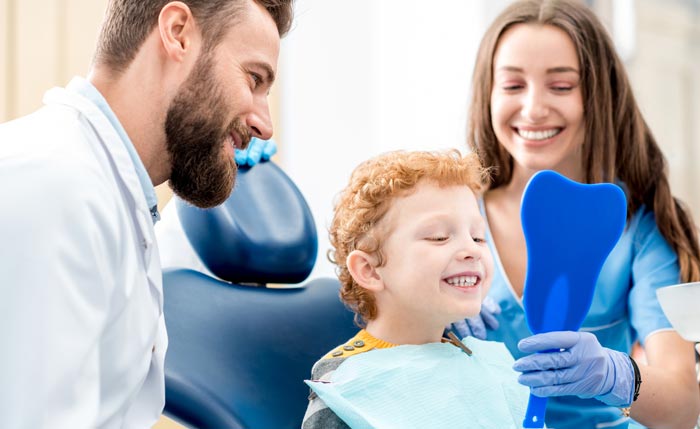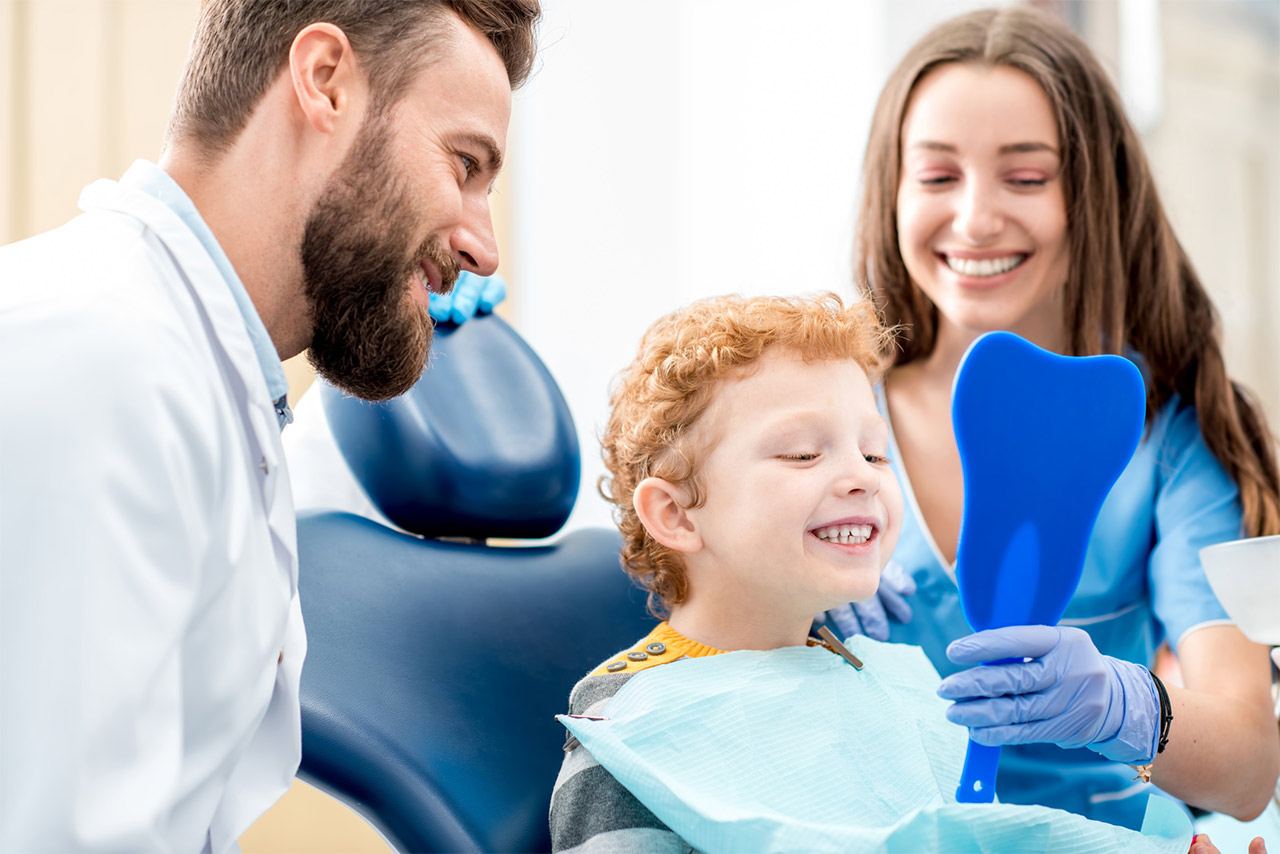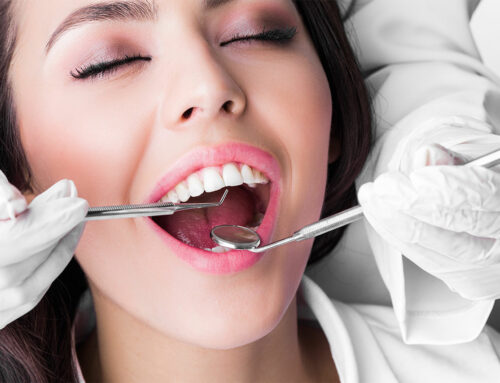My patients often ask me which orthodontic appliance I recommend. I get the same question on my social media channels as well – in fact, this question comes up a lot!
I’m so glad that people are paying close attention to their orthodontic treatment. The days of just seeing the local orthodontist and going with whatever braces or appliance they recommend are behind us. These days, I’m glad to say that there are so many options for orthodontic treatment. That’s a very good thing but of course, it can be difficult to navigate all of the information and choices that are there.
The Different Kinds Of Orthodontic Treatment
What is really boils down to is the contrast between retractive (or conventional) orthodontics and expansion orthodontics (or airway orthodontics, or orthotropics). Basically, when I talk about retractive orthodontics, I’m looking at orthodontic techniques that restrict the natural growth of the maxilla and/or reduce overall space in the mouth and narrow the palate by extraction of teeth. A key difference is the focus on prioritizing the airway over merely straightening teeth. With a healthy airway, the teeth will become better aligned regardless, and there can be huge improvements in overall health as well once any airway-related issues are addressed.

Conventional orthodontics has been the standard for a long time, with a small minority of dentists and orthodontists taking a different approach.
The great news is that the tide is slowly changing, and the importance of the airway is becoming much better understood and respected. Eventually, airway dentistry will become the new standard of care, which will benefit so many people.
But even as airway orthodontics becomes increasingly well-known, people still focus on the specific orthodontic appliance, and I have to admit that there are plenty to focus on, which adds to the possible confusion.
So Which Orthodontic Appliance Do I Recommend?
In the video below from my YouTube channel, I’ll explain why “Which orthodontic appliance do I recommend?” is the wrong question.
It’s definitely not a case of comparing the ALF appliance against the DNA appliance or looking at the benefits of a FAGGA appliance vs. the Homeoblock or Myobrace. Nor is it as simple as orthodontics vs. orthotropics.
Yes, there are times when a specific appliance is better suited to a specific application. For example, some appliances will be ideal for children, while others will be ideal for adults or for patients with sleep disordered breathing.
The Orthodontic Appliance Is Only A Tool
From my perspective as a myofunctional therapist, the appliance is only a tool. The main thing to consider is the approach and philosophy of the dentist or orthodontist.
Do they focus on the airway, or are they just aiming to create cosmetic results? Do they understand the concept of forward facial growth, or is retractive orthodontics still on their agenda? What’s their understanding of the role of the tongue in orthodontic treatment and orthodontic relapse? For me, these are the questions that really matter. And it’s so important to have a connection to the orthodontist where you feel that they’re listening to you every step of the way.
When I started my own orthodontic journey recently, my first priority was finding an orthodontist who fully understood my concerns and my goals. The actual appliance that would be used was a long way down my list. I’m glad that I did my due diligence (and a lot of research) before committing to working with anyone. I’m confident that my orthotropist really does understand what I’m hoping to achieve, and that she’s chosen an appliance that will help me reach those goals.
If you or someone in your family is a candidate for orthodontic treatment, I’d urge you to find a provider who understands the airway and who doesn’t just focus on straight teeth. It’ll make all the difference!




